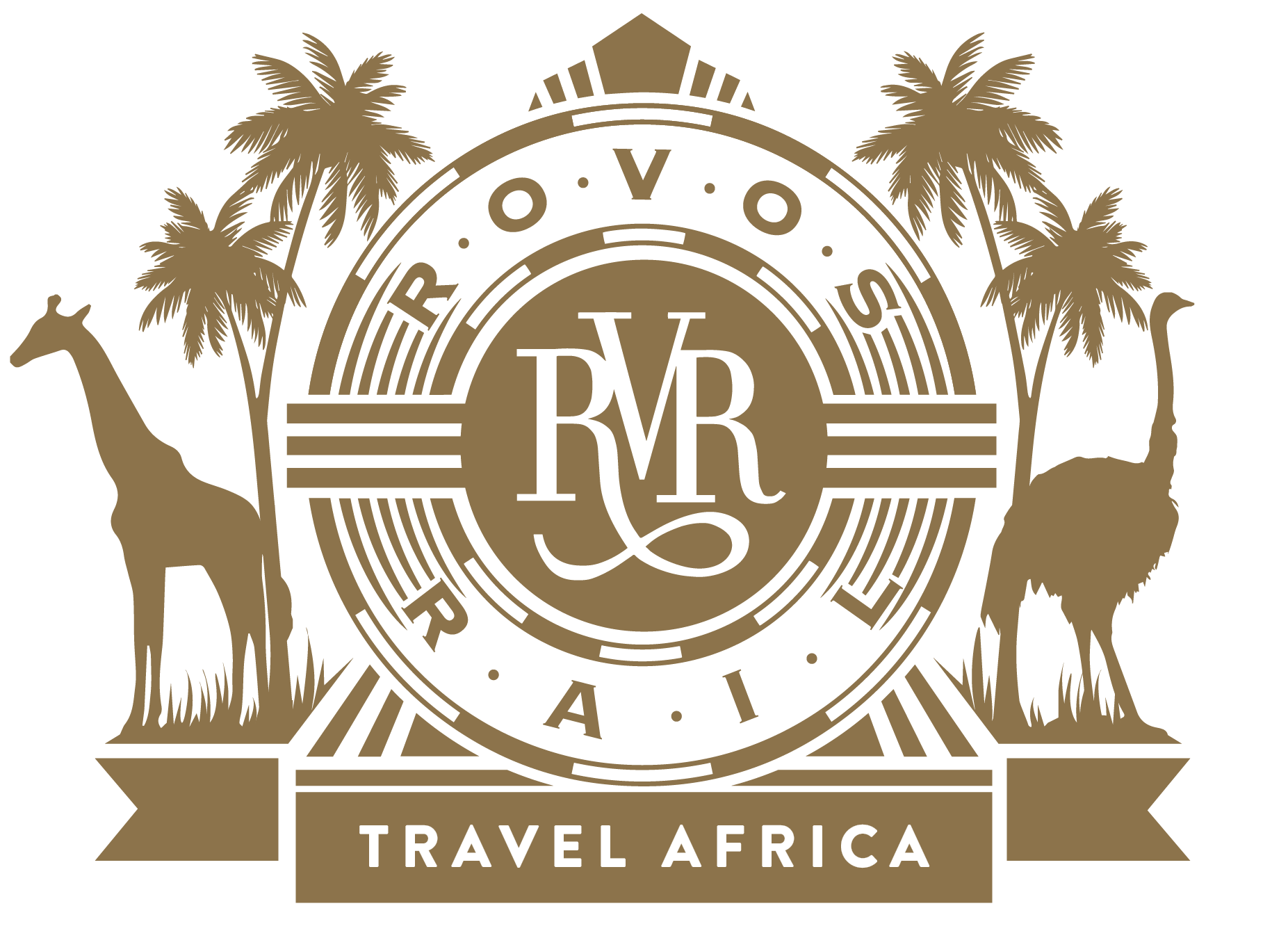Matjiesfontein is an entirely Victorian village, envisaged and built by the enterprise of one man, an extraordinary man, the Scotsman Jimmy Logan. An official of the Cape Government Railways (CGR), James Logan arrived in Matjiesfontein in 1890 to recuperate from chest complaints. He found his transfer to the Karoo beneficial and so decided to settle down. He bought a farm, named it Tweedside, and with the help of his wife Emma Haylett planted trees and wheat, built a fine house, sank boreholes and gradually acquired considerable landholdings. From the outset, there was waterborne sewerage and the house was one of the first in South Africa to have electric light. The laird Logan also set up a small refreshment hotel for the hungry and thirsty travellers of the CGR.
The railway line and station building run parallel to the main street, along which stands an assortment of highly ornate buildings unified by a common wall inset with cast-iron railings and lit at intervals by typical London cast-iron streetlamps. To the northwest of the town the street leads up to the N1 national road and at the other end disappears into the vast reaches of the Karoo. The old courthouse dated 1897 and embellished with the Royal cypher ‘VR’ stands alongside a Cape Gothic church and two terraced houses, one typically Victorian and the other in the traditional flat-roofed style associated with Cape Karoo. Buist House, the soda-water factory, the post office and bank, the wood-and-iron Masonic Losieshuis and the towered splendours of the Lord Milner Hotel are built in the late-Victorian style and embellished with cast-iron frills of woodwork and plasterwork and roofed throughout with corrugated iron. Below the village and gardens of the hotel is a dried-up river bed that, on the rare occasion of good rains, becomes a raging torrent.
The graceful old hotel is named after that much-maligned British imperialist, Lord Milner. Having undergone a long apprenticeship under Lord Cromer, the British ‘agent’ in Cairo, Milner was appointed High Commissioner for South Africa by the then British Colonial Secretary Joe ‘Pushful’ Chamberlain in 1898. It was he who insisted that Paul Kruger, President of the old Transvaal Republic, extend the franchise to include the “Uitlanders” (Afrikaans for “foreigners”) who were, after all, paying taxes and who had lived for 12 years in the Transvaal. Kruger flatly refused to share his Republic with others, an attitude that led to the declaration of the South African Anglo Boer War in 1899. During the War, which went on for three years, Matjiesfontein was the headquarters of the Cape Command and hosted 12 000 British troops. The hotel was used as a military hospital and its turret became a lookout.
Matjiesfontein’s most famous resident was writer and feminist, Olive Schreiner. Her first novel, Story of an African Farm, was set in the Karoo and gained immediate international recognition. After some time in Europe, she returned to find relief from her asthma. She loved Matjiesfontein and lived in a small cottage where she kept up correspondence with a number of English friends including William Gladstone, George Bernard Shaw and Havelock Ellis. Schreiner’s advanced views on social justice and feminism were almost as controversial for her time as those of her friend Havelock Ellis. He shocked Victoria England with his encyclopaedic seven-volume work, Studies in the Psychology of Sex. Schreiner’s correspondence with Ellis reveals the great delight she took in Matjiesfontein.
Journeys: Cape Town, African Collage (northbound only), Dar es Salaam
